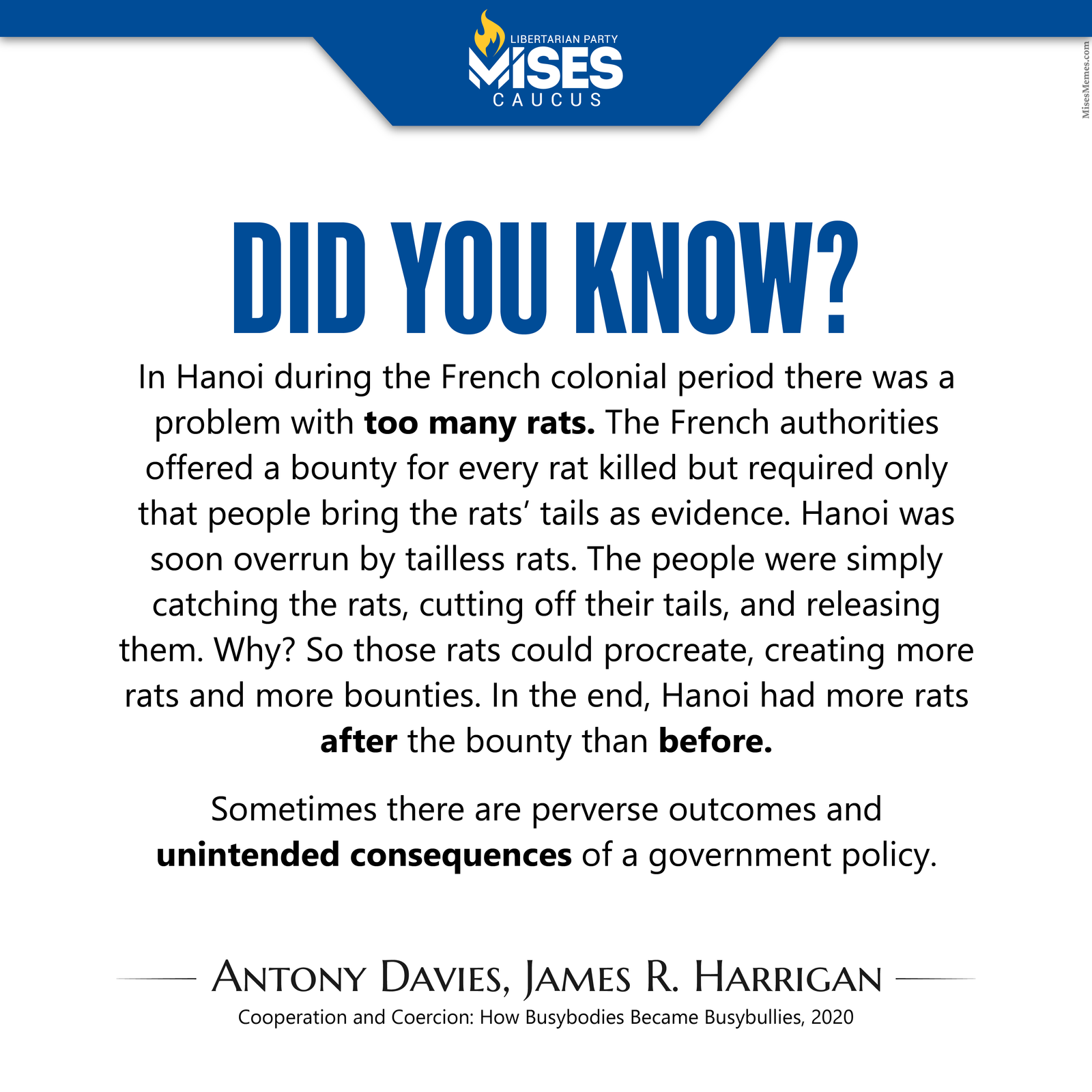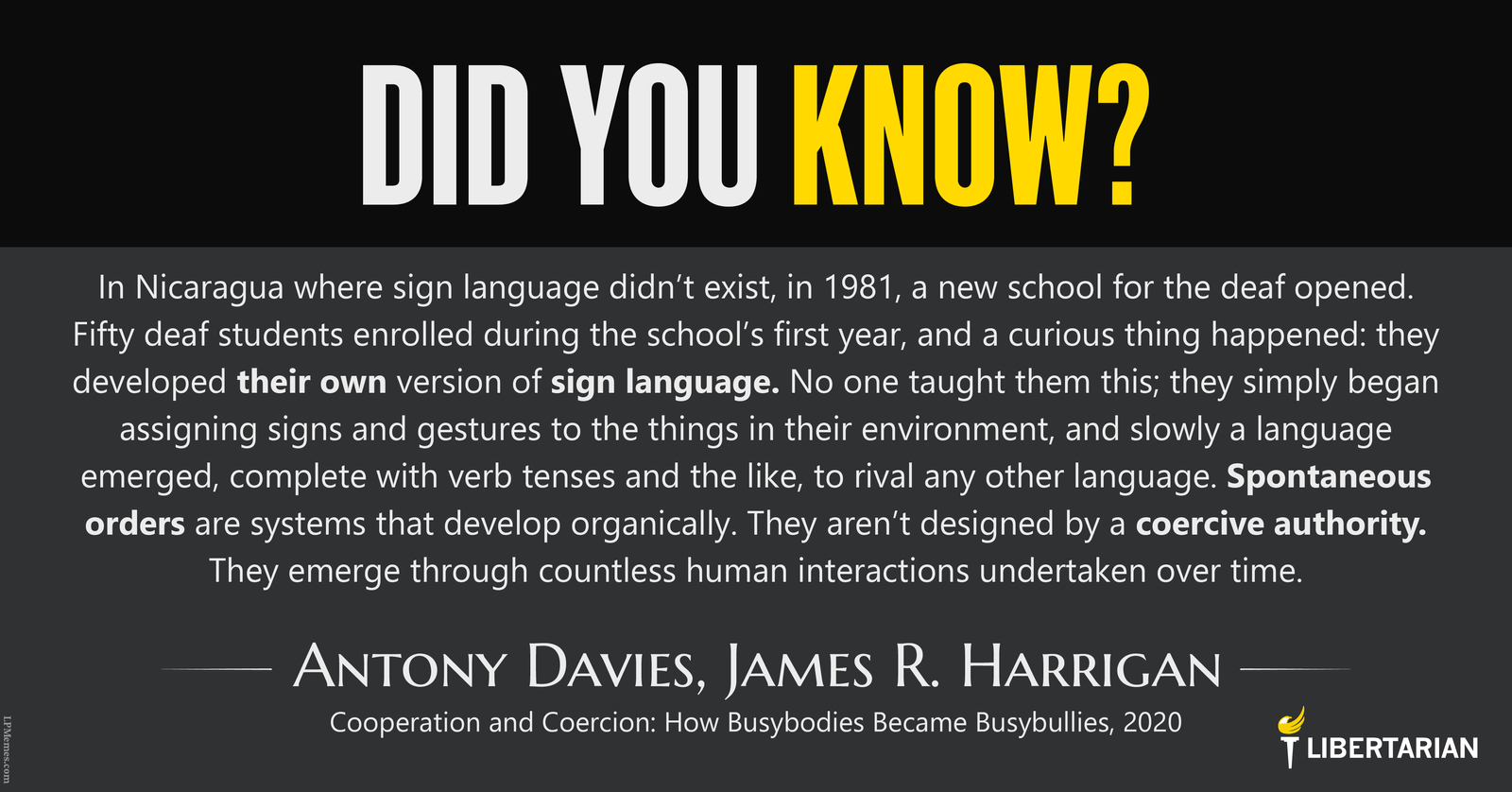In 1990, the U.S. government enacted the Americans with Disabilities Act. This law attempted to protect the disabled in the labor market by prohibiting discriminatory behavior on the basis of disability. A law specifically designed to ensure that the disabled got a fair shake in the labor market instead resulted in decreased employment rates for the disabled.
Why? There are a couple of reasons. First, the law made it expensive for businesses to hire the disabled. Regulators have deemed, among other things, that employers will need to modify an employee’s physical environment, offer the employee additional training, give him extra time to complete tasks, and even hire interpreters. All these things increase the cost of doing business.
Second, the law made it difficult to terminate disabled workers, even when warranted. But how is a business to prove that it terminated a disabled worker because of something other than the worker’s disability? The answer that many businesses seem to have arrived at, although few will admit it, is not to hire the disabled in the first place.
It turns out to be easier for an employer to prove that it did not hire a disabled worker for a reason unrelated to the worker’s disability than to prove that it fired the worker for such a reason. Consequently, the Americans with Disabilities Act actually led to a decrease in employment rates for the disabled.
—Antony Davies, James R. Harrigan
















